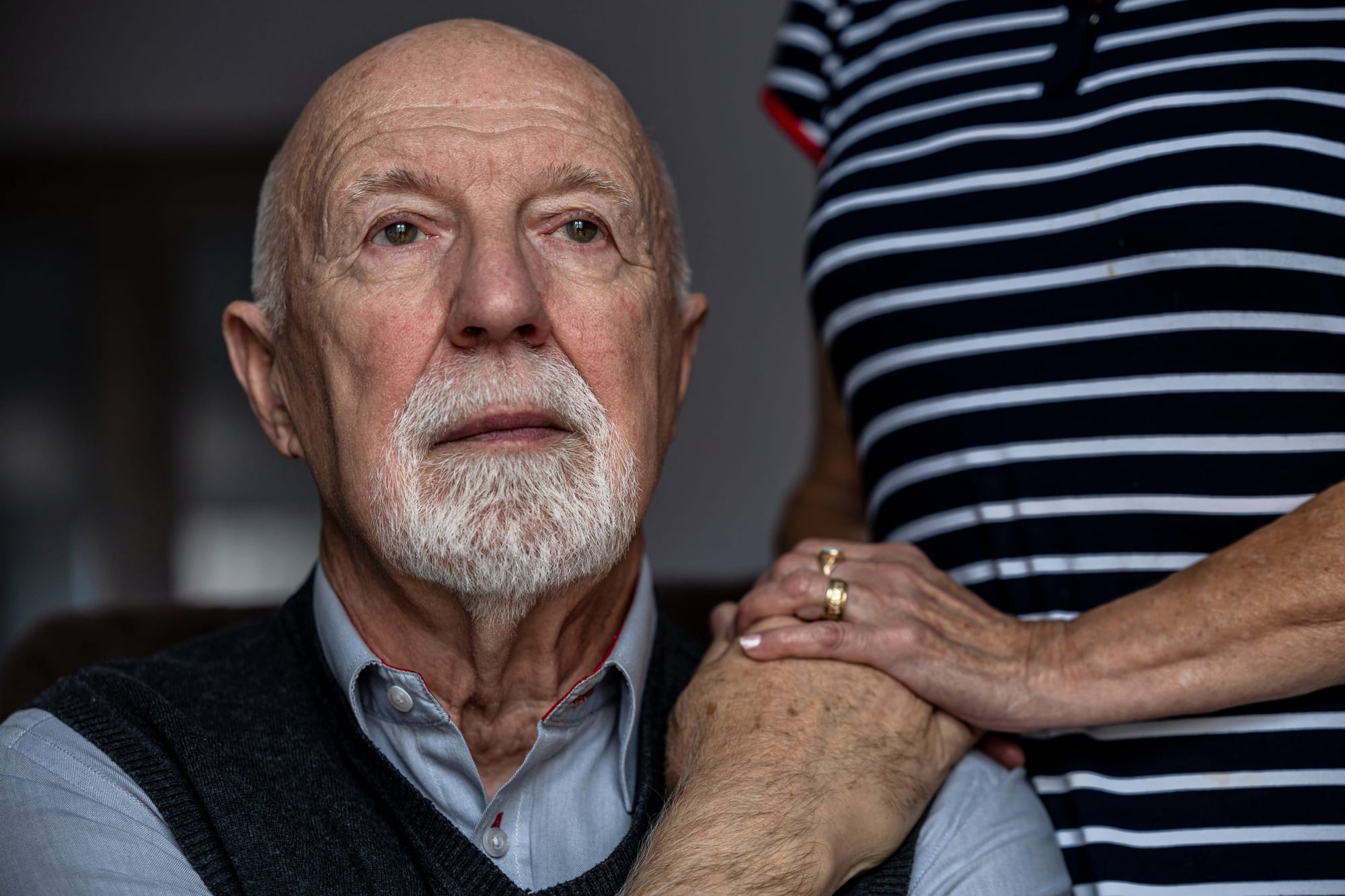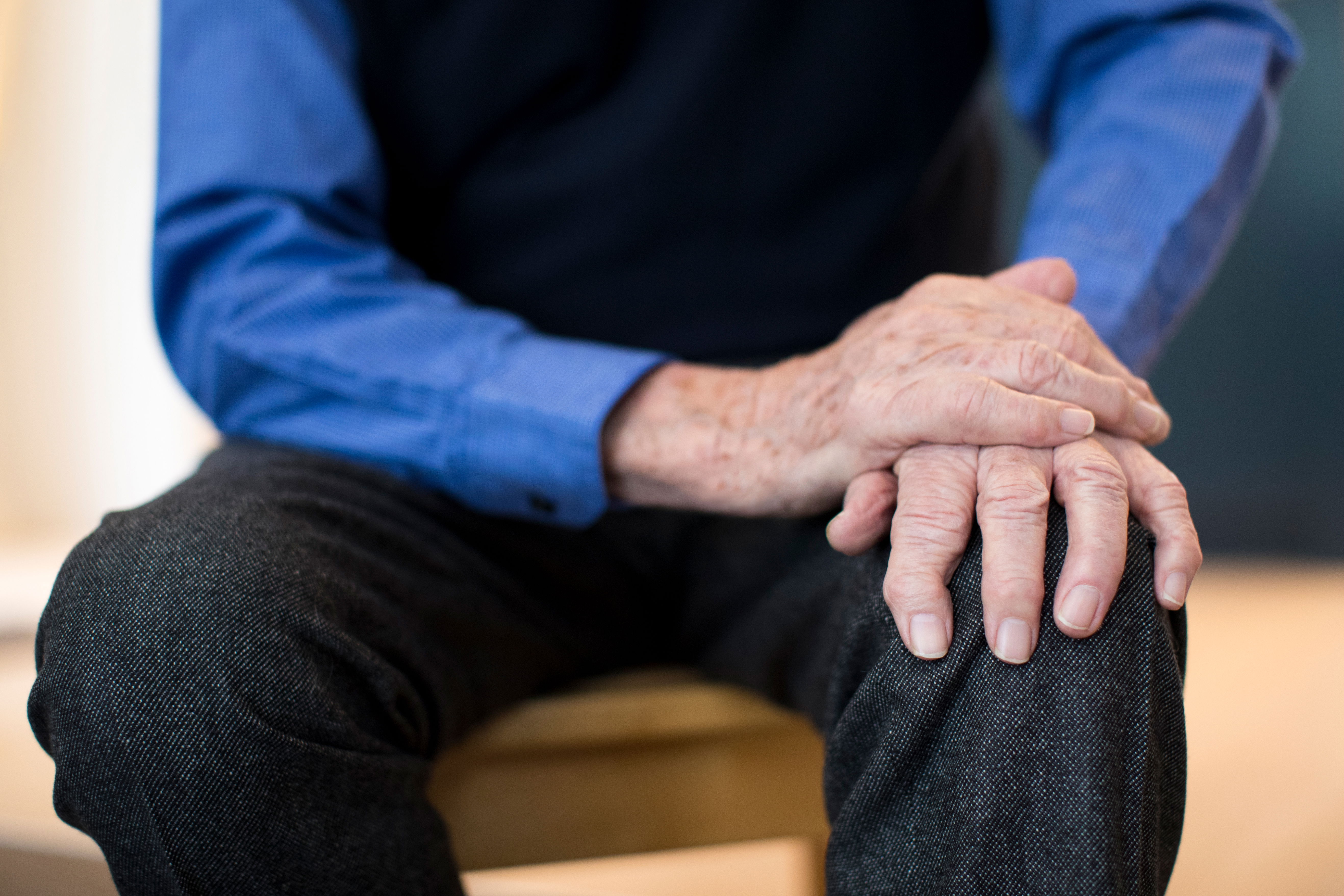How Regular Exercise Helps People with Parkinson’s Stay Independent

Parkinson’s disease (PD) is a progressive neurological disorder that affects movement, balance, and coordination. While it cannot yet be cured, one of the most powerful tools to manage symptoms and maintain independence is regular exercise. Increasingly, research shows that movement is more than just a lifestyle choice for people with Parkinson’s — it’s a vital part of therapy that supports mobility, mood, and overall quality of life.
Understanding Parkinson’s Disease
Parkinson’s occurs when the brain’s dopamine-producing neurons in the substantia nigra begin to deteriorate. Dopamine is responsible for smooth and coordinated muscle movements, so its depletion leads to symptoms such as:
- Tremors (shaking)
- Muscle stiffness
- Slowness of movement (bradykinesia)
- Balance difficulties and postural instability
- Fatigue and reduced mobility
Over time, these symptoms can make everyday tasks like dressing, walking, and eating more challenging, threatening a person’s independence. However, studies continue to demonstrate that exercise can slow functional decline and even improve some symptoms.
The Science Behind Exercise and Parkinson’s
Exercise benefits the brain and body in several ways. For people with Parkinson’s, it helps by:
- Stimulating Neuroplasticity
Regular physical activity encourages the brain to form new neural connections — a process called neuroplasticity. This can help compensate for the loss of dopamine neurons and maintain better motor control. Activities like cycling, boxing, and dancing have shown particularly strong results in enhancing brain function and coordination. - Improving Motor Symptoms
Exercise can help reduce rigidity and improve gait, balance, and flexibility. Strength and balance training lower the risk of falls, while aerobic exercise enhances cardiovascular health, energy levels, and overall endurance — allowing individuals to perform daily activities more independently. - Supporting Mental and Emotional Health
Parkinson’s isn’t just a physical condition; it can also impact mood, causing anxiety and depression. Exercise releases endorphins and boosts serotonin and dopamine levels naturally, helping to improve mood, reduce stress, and increase confidence in one’s ability to cope. - Enhancing Cognitive Function
Regular movement promotes blood flow to the brain and supports memory, attention, and executive function — all areas that can be affected by Parkinson’s. Cognitive engagement through exercise (such as learning dance steps or participating in group classes) provides dual benefits for body and mind.
Types of Exercise That Help People with Parkinson’s
A well-rounded exercise routine is key. Each type of movement targets specific symptoms and contributes to maintaining independence.
1. Aerobic Exercise
Examples: brisk walking, swimming, cycling, or dancing.
- Improves stamina and cardiovascular fitness.
- Reduces fatigue and increases mobility.
- Enhances oxygen supply to the brain, supporting overall function.
2. Strength Training
Examples: resistance bands, light weights, or bodyweight exercises.
- Builds muscle strength to support posture and mobility.
- Makes everyday tasks like standing up, climbing stairs, or carrying groceries easier.
- Helps prevent muscle atrophy from inactivity.
3. Balance and Flexibility Training
Examples: yoga, tai chi, or Pilates.
- Reduces the risk of falls and enhances body awareness.
- Increases flexibility in joints and muscles.
- Promotes relaxation and reduces stiffness.
4. Functional and Task-Specific Movement
Examples: sit-to-stand repetitions, reaching, or practicing walking patterns.
- Reinforces everyday movement patterns.
- Trains the body to move more efficiently during daily activities.
- Helps individuals retain independence in self-care and home tasks.
5. Rhythmic or Coordinated Movement
Examples: dancing, boxing for Parkinson’s, or rhythmic stepping.
- Improves coordination and timing of movement.
- Can reduce freezing episodes (when movement suddenly stops).
- Provides social and cognitive stimulation, which further boosts wellbeing.
The Role of Consistency and Motivation
Consistency is crucial. Research shows that people with Parkinson’s who exercise at least three times per week for 30–60 minutes experience significant improvements in mobility and symptom control. Setting realistic, enjoyable goals and finding activities that fit personal interests increase adherence.Support from a physiotherapist or Parkinson’s specialist can also help tailor exercises to an individual’s ability level, ensuring safety and long-term success. Group classes can add motivation, social interaction, and accountability — all of which contribute to better mental health and a sense of belonging.
Maintaining Independence Through Movement
One of the greatest fears among people with Parkinson’s is losing independence. Exercise directly combats this by maintaining physical function, mobility, and self-confidence. Regular movement:
- Keeps muscles strong and flexible for daily tasks.
- Improves coordination and reduces reliance on walking aids.
- Enhances mental sharpness for problem-solving and decision-making.
- Supports posture and gait, enabling safer and smoother movement.
- Reduces the risk of falls, one of the biggest threats to independence.
Even small daily actions, like stretching upon waking, taking the stairs, or walking to the shop, contribute to maintaining autonomy and dignity.
Building a Sustainable Exercise Plan
For best results, a Parkinson’s-friendly exercise routine should include:
- Warm-ups and cool-downs to prevent stiffness or injury.
- Variety to engage different muscle groups and maintain interest.
- Balance of intensity — working hard enough to challenge the body but staying within safe limits.
- Professional guidance from a personal trainer, physiotherapist, or Parkinson’s exercise specialist.
- Tracking progress through journals or apps to stay motivated.
Most importantly, it should feel achievable and enjoyable. The right plan isn’t about perfection — it’s about consistent, meaningful movement that supports daily living.
Finally...
For people living with Parkinson’s, exercise is far more than a fitness goal — it’s a form of empowerment. Regular physical activity helps slow the progression of symptoms, enhances brain health, and supports emotional wellbeing. Most importantly, it allows individuals to retain their independence and quality of life for as long as possible.By moving with purpose and consistency, people with Parkinson’s can reclaim control over their bodies and their lives — proving that while the disease may change how they move, it doesn’t have to define who they are.



